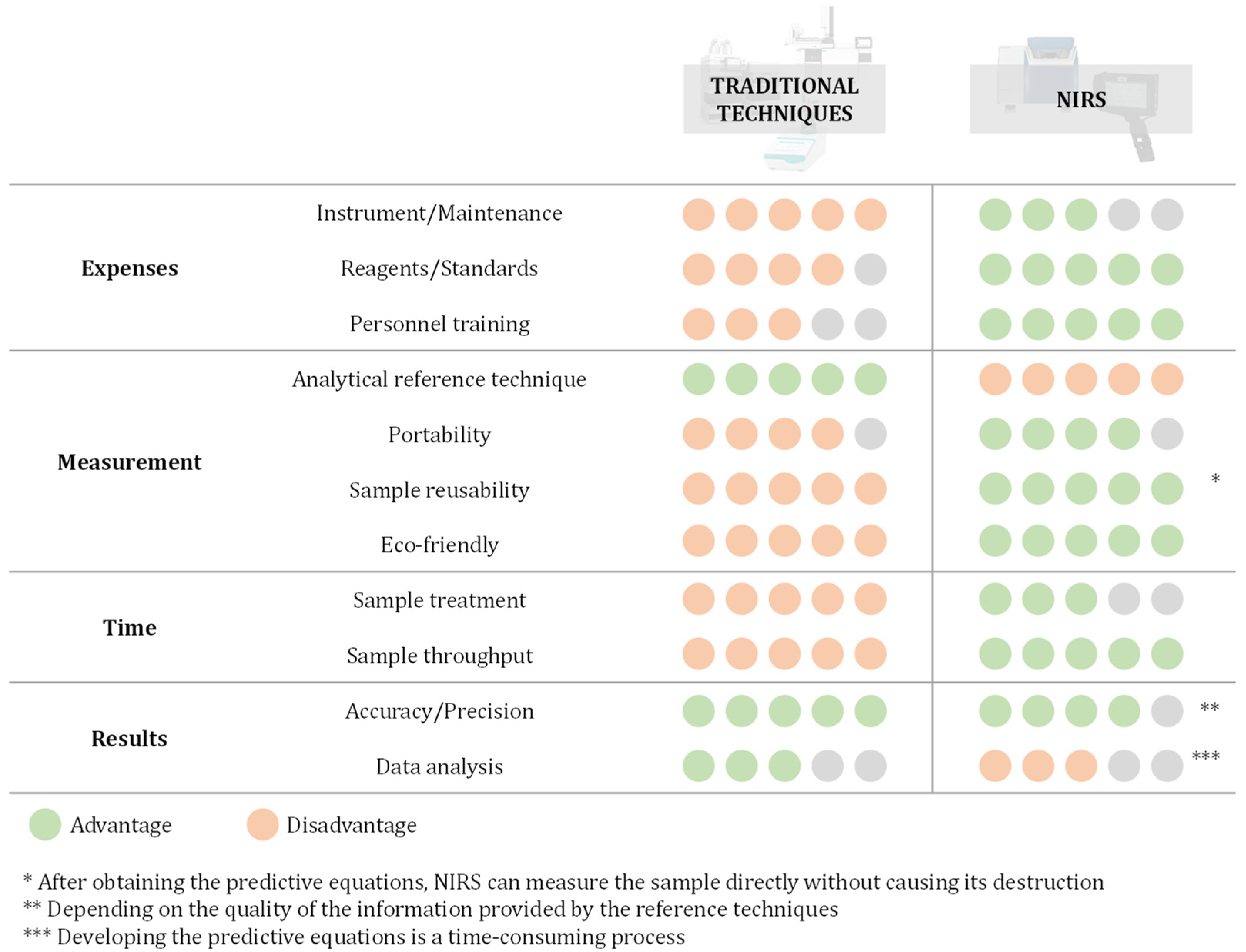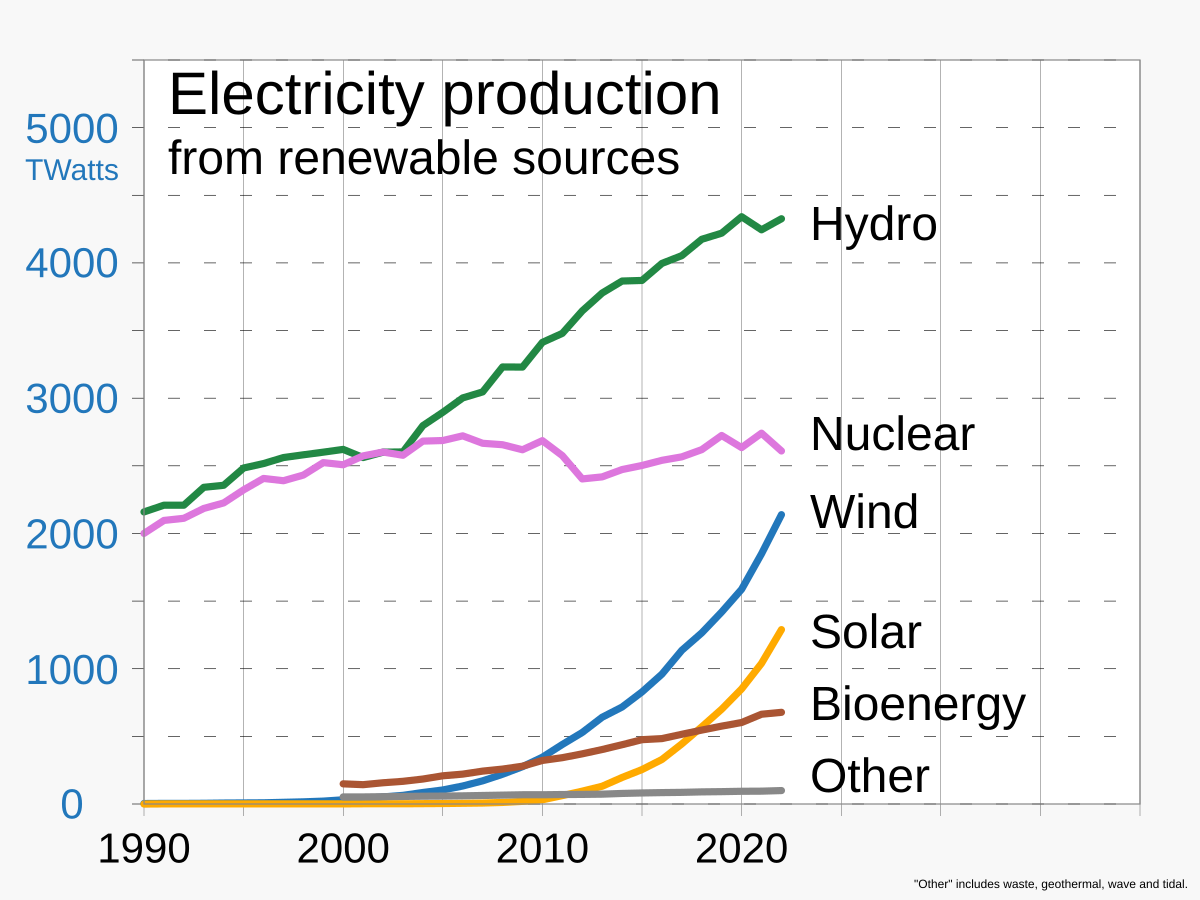Electric vehicles offer lower emissions and reduced operating costs but suffer from limited range and long charging times. They present both an eco-friendly alternative to fossil fuels and obstacles in infrastructure and technology.
Electric vehicles (EVs) have surged in popularity as the global community seeks sustainable transportation solutions. By cutting down on harmful emissions, EVs contribute significantly to environmental conservation, playing a key role in combating climate change. They also promise lower maintenance and fuel costs for owners, making them economically appealing in the long term.
However, challenges such as insufficient charging stations and extended recharge times can deter potential buyers. Despite these drawbacks, the EV market continues to expand, propelled by advancements in battery technology and supportive government policies. Embracing such innovation, drivers are becoming increasingly receptive to the benefits of electric vehicles while manufacturers and policymakers work to address the existing limitations.

Credit: www.mdpi.com
Electric Vehicle Surge
The wave of Electric Vehicle (EV) adoption shows no signs of slowing, marking a significant shift in the automotive landscape. As the world becomes more eco-conscious, EVs emerge as a beacon of sustainable transportation. Let’s explore the rising popularity and market statistics that illustrate this surge.
Rising Popularity
Electric vehicles are winning hearts and roads globally. They offer a cleaner alternative to traditional cars. Here’s why they’re gaining traction:
- Zero emissions: EVs emit no tailpipe pollutants, making them greener choices.
- Low operating costs: Electricity is cheaper than gasoline over time.
- Quieter rides: EVs run silently, reducing noise pollution.
- Innovation: Advancements in EV technology are impressive.
- Incentives: Many governments offer tax breaks and rebates.
Market Statistics
The numbers speak volumes about the electric revolution.
| Year | Global EV Sales | Market Share |
|---|---|---|
| 2020 | 2.1 million | 2.8% |
| 2021 | 3.1 million | 4.2% |
| 2022 | 4.5 million | 6.3% |
Electric vehicle sales are skyrocketing, showing a clear trend: more people are choosing EVs every year. The table above highlights the rapid growth in the market share of EVs over the last few years.
Eco Gains: Going Green
Electric vehicles (EVs) are driving us towards a cleaner future. By choosing EVs, we make a positive impact on the environment. Let’s explore the benefits and opportunities EVs offer for a greener planet.
Lower Emissions
EVs produce zero tailpipe emissions, which means cleaner air for everyone. Without exhaust fumes, we can reduce air pollution significantly. This is crucial for cities where traditional cars have made the air quality worse.
Sustainability Incentives
- Governments worldwide are offering tax breaks and incentives to promote EV adoption.
- These perks make going green not just eco-friendly but also wallet-friendly.
- Grants and rebates can lower the cost of owning an EV significantly.
Renewable Energy Integration
EVs can be powered by renewable energy sources like solar, wind, or hydropower. Charging EVs with green energy reduces reliance on fossil fuels even more. This helps in creating a sustainable transportation ecosystem.
Driving The Future: Performance Benefits
Electric Vehicles (EVs) are changing the way we drive. They are not just cleaner; they have distinct performance advantages. These benefits make every ride smoother and more exciting. Let’s plug into the details.
Enhanced Efficiency
EVs convert more energy from their batteries to drive – no energy wasted. This means less power loss and better range. Internal combustion engines (ICEs) can’t beat that. Here’s a simple comparison:
| Vehicle Type | Energy Efficiency |
|---|---|
| Electric Vehicle | Up to 90% efficient |
| Gasoline Vehicle | About 20-30% efficient |
Torque And Acceleration
- EVs have instant torque.
- Quick acceleration happens right away.
- No need for gears helps you zoom faster.
With electric power, you get the lightning-fast launch. It’s not just for sports cars but for your everyday ride.
Quiet Operation
Imagine a calm cabin. No engine roar, just a peaceful glide. EVs offer a noise-free environment. Perfect for enjoying music or a conversation.
This quiet operation cuts noise pollution. It makes cities calmer and living spaces more pleasant.
:max_bytes(150000):strip_icc()/should-i-buy-electric-bicycle-everything-you-need-to-know-primer-faq_color-a0ed8ab6ba9d4e8bbf0b949127f46114.png)
Credit: www.treehugger.com
Economic Impacts
The shift from internal combustion engines to electric vehicles (EVs) brings with it a complex web of economic considerations. Analyzing the economic impacts of EV adoption touches upon ownership costs, government interventions, and global oil markets. Each of these factors carries weighty implications for both individual budgets and national economies.
Ownership Cost Analysis
Electric vehicles are often hailed for their lower running costs. This is due to cheaper electricity compared to gasoline. Maintenance requirements for EVs are also less frequent since they have fewer moving parts. To help you understand the long-term financial prospects, a table comparing the costs between EVs and traditional vehicles is presented below:
| Cost Type | Electric Vehicle | Traditional Vehicle |
|---|---|---|
| Fuel | Electricity costs | Gasoline costs |
| Maintenance | Less frequent service | Regular oil changes |
| Depreciation | Varies widely | Typically faster |
Battery replacement costs are also a consideration for EV owners but often occur after numerous years of service.
Government Subsidies
Many governments offer incentives to accelerate EV adoption. These can manifest as tax credits, rebates, and even direct subsidies. They aim to reduce the initial purchase price, making EVs more accessible. An unordered list details commonly found government incentives:
- Tax credits for purchasing an EV
- Rebates and vouchers to offset costs
- Subsidized or free charging infrastructure
- Reduced registration and road taxes
- Access to carpool lanes and preferential parking
These fiscal policies not only support the individual owner but also bolster the growth of the EV sector.
Impact On Oil Dependency
Transitioning to EVs signifies a shift in energy consumption patterns. Traditional vehicles rely solely on oil-derived fuels. EVs, alternatively, use electricity which can be generated from various sources. This diversification has the potential to reduce national dependence on imported oil. It can also help stabilize the domestic economy against global oil price fluctuations. Bullet points highlight the potential ripple effects:
- Less demand for oil can lower global oil prices
- Energy independence strengthens national security
- Shifts in job market from conventional to renewable sectors
Amidst these changes, the economic landscape continues to adapt as societies move towards sustainable transportation solutions.
Roadblocks To Adoption
Electric Vehicles (EVs) are stepping forward for a greener future. But hurdles stand in the way. Buyers face high costs, limited charging spots, and travel distance worries. Let’s explore these barriers further.
Initial Investment
The price tag of EVs often exceeds that of traditional cars. High battery costs push prices up. Yet, remember the savings on fuel and maintenance. Over time, these savings can offset the initial investment.
Charging Infrastructure Woes
Charging stations are not yet everywhere. This makes long trips a challenge. City dwellers may lack a home charging point. Efforts to expand the network continue, aiming to ease this pain point for EV owners.
Range Anxiety
Concern about running out of power shadows EV use. Limited battery capacity and sparse charging options fuel these fears. Advances in battery technology and more chargers can help conquer this anxiety.
Environmental Drawbacks
Environmental Drawbacks shed light on less-discussed aspects of electric vehicles (EVs). While EVs are celebrated for their lower emissions during operation, they carry a larger environmental footprint in other areas. This section delves into these complexities to better understand the full impact of electric vehicles on our planet.
Battery Production And Disposal
The creation and disposal of EV batteries represent significant environmental concerns. These processes involve:
- High energy consumption during manufacturing
- Use of hazardous materials, leading to potential soil and water contamination
- Complex recycling challenges due to battery composition
Progress in battery technology aims to mitigate these effects, but improvements are still crucial.
Electricity Source Concerns
Even though EVs run on electricity, the source of that electricity can diminish their green advantages. Fossil fuels still dominate electricity generation worldwide. This reliance counteracts the benefits of EVs, as the following issues arise:
- Carbon-intensive electricity production reduces overall emissions savings
- Power plants may contribute to local air pollution
- Renewable energy adoption rates need acceleration to truly turn EVs greener
Resource Extraction For Batteries
Essential to EVs, batteries demand rare earth elements and other minerals. The extraction process poses direct environmental risks:
| Resource | Environmental Risk |
|---|---|
| Lithium | Water table depletion |
| Cobalt | Habitat destruction |
| Nickel | Soil and water pollution |
Responsible and sustainable sourcing methods are crucial to minimize these drawbacks.
Navigating The Divide
Electric vehicles (EVs) stand at the forefront of the modern automotive revolution. Yet, navigating the divide between traditional combustion engines and electric powertrains presents unique challenges and opportunities. Below, we delve into the varied aspects of the EV landscape, highlighting consumer perceptions, policy and regulation frameworks, and the thrust of innovation driving technological solutions forward.
Consumer Perceptions
EVs spark diverse reactions among consumers. Here’s a glimpse into what is fueling the debate:
- Pro-EV Sentiment: Many celebrate EVs for their zero tailpipe emissions and lower running costs.
- Range Anxiety: Even with improved infrastructure, the fear of running out of power mid-journey still persists.
- Charging Convenience: While some find home charging a breeze, others struggle with access to public charging stations.
Policy And Regulation
Governments play a crucial role in shaping the EV market. Policies and regulations aim to balance economic growth with environmental sustainability:
| Incentives | Standards | Infrastructure |
|---|---|---|
| Tax credits and subsidies make EVs more affordable. | Emission targets and fuel economy standards push for greener vehicles. | Investments in charging networks aim to ease the transition to EVs. |
Innovation And Technological Solutions
The drive for better EVs accelerates with groundbreaking innovation. Here’s how technology is addressing current limitations:
- Battery Technology: Advances in batteries offer longer life spans and faster charging times.
- Regenerative Braking: This recovers energy during braking, enhancing efficiency.
- Smart Integration: EVs integrate with apps for remote monitoring and control, improving user experience.

Credit: en.wikipedia.org
Frequently Asked Questions Of Electric Vehicle Advantages And Disadvantages
What Are The Pros Of Electric Vehicles?
Electric vehicles (EVs) offer lower running costs due to their efficiency and cheaper electricity compared to gasoline. They also produce zero emissions at the point of use, contributing to cleaner air and reduced greenhouse gas emissions. Furthermore, EVs benefit from various tax incentives.
How Long Do Electric Vehicle Batteries Last?
Typically, an electric vehicle’s battery will last between 10 to 20 years before it needs replacement. Manufacturers often provide warranties for 8 years or 100,000 miles. Advances in battery technology continue to extend the life expectancy of EV batteries.
Are Evs More Expensive To Maintain?
No, electric vehicles generally have lower maintenance costs than traditional gasoline cars. They have fewer moving parts, which reduces the likelihood of mechanical failure. Additionally, EVs do not require oil changes, fuel filters, or exhaust system repairs.
Can Electric Cars Handle Long Trips?
Electric cars can handle long trips but require planning to ensure the availability of charging stations along the route. Newer models offer increased range, many exceeding 200 miles on a single charge. Fast-charging networks are expanding, making long-distance EV travel more feasible.
Conclusion
Embracing electric vehicles (EVs) presents a compelling mix of benefits and drawbacks. While they offer a greener alternative and reduced running costs, considerations around charging infrastructure and initial investment persist. Ultimately, the EV revolution hinges on balancing these factors, as our journey towards sustainable transportation evolves.
The road ahead is electrifying – let’s navigate it wisely.
